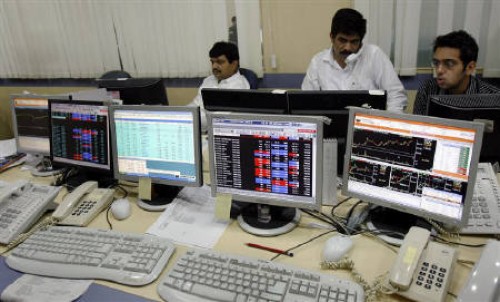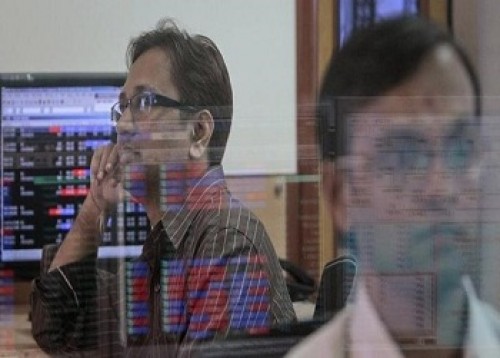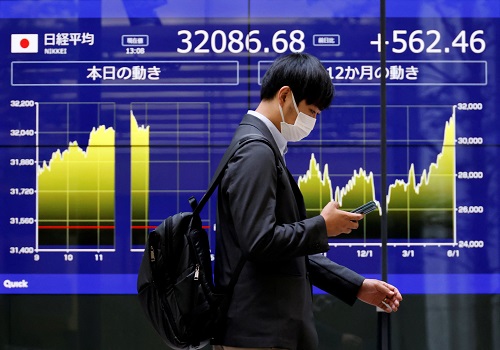Monthly Debt View : July 2022 By Mr. Pankaj Pathak, Quantum Mutual Fund

Follow us Now on Telegram ! Get daily 10 - 12 important updates on Business, Finance and Investment. Join our Telegram Channel
Below is Fixed Income Monthly Commentary – July 2022 by Mr. Pankaj Pathak, Fund Manager- Fixed Income, Quantum Mutual Fund
June 2022 was a month of two halves. The first half of the month was dominated by an ‘inflation’ narrative. Bond yields in India and globally moved up - pricing for higher inflation for a longer period and more aggressive central bank action.
But we reached the peak of inflation scare by the middle of the month. In the second half, the pendulum swung towards the ‘recession’ narrative.Markets started pricing for a contraction in the economic activity across many advanced economies.
The US 10 treasury started acting like a haven asset as investors rushed to seek protection. Bond yields dropped; prices jumped.
The US 10-year treasury yield peaked at 3.47% on June 14, 2022, a day before the US Federal Reserve hiked the Fed Funds rate by 75 basis points. It fell to 3.01% by June 30, 2022. At the time of writing this report on July 6, 2022, the 10-year US treasurynote is trading at a yield of 2.81%.
Indian bond yields followed a similar path as the US treasury yields, though at a slowerpace. The 10-year Indian government bond yield peaked at 7.60% on June 13, 2022, and fell back to 7.45% by the month-end. Currently, on July 6, 2022, the 10-year Indian government bond is trading at a yield of 7.30%.
Commodity prices also came off from its April-May 2022 peak in fear of economic contraction and demand destruction. As of July 5, 2022, most of the metal commodities are down by 10%-20% since the end of May 2022. Many of the Agricultural commodities have also come off by 5%-20% during this period.
From India’s perspective, the most notable is the decline in crude oil, palm oil, and wheat prices which fell by 14%, 37%, and 23% respectively in one month period ending July 5, 2022. These were major contributors to domestic inflation on the way up. So, this drop in prices should ease some of the inflationary concerns.
From the bond market’s perspective, the tussle between the two narratives of Inflation and Recession in the US will continue to shape market expectations. If indeed the economic activity decline at an acceleratedpace and the US economy gets into serious contraction - the US Fed may slowdown the pace of rate hikes, global commodity prices will soften and bond yields will come down further.
However, if this economic slowdown is not that serious, central banks will continue to focus on the inflation problem and rate hikes may continue.
Although we expect the global economy to slowdown due to high inflation and synchronized global monetary policy tightening, it may not fall into recession as quickly as expected.
Employment numbers in the US are fairly strong, incomes are still growing at a healthy paceand there is a saving buffer available to spend. Corporate sector balance sheets carry lesser debt and are stronger than before.
We may possibly see a slowdown in the demand for goods and consequently in the manufacturing activity; while demand for services like travel, recreation, etc. picks up due to the removal of pandemic-related restrictions.
We do not see any material change in the FED’s policy direction and its commentary in the upcoming monetary policy on July 27, 2022. It will likely hike the Fed Funds rate by another 50 or 75 basis points as was guided earlier.
Thus, we see the recent move down in the US treasury yields as a temporary retracement and expect it to rebound over the coming months.
Forthe Indian bond market, local inflation and demand-supply dynamics will likely have a greater influence. A drop in commodity prices should help in easing some of the inflationary concerns. But it may not be enough to have any material impact on the RBI’s policy direction andits pace, as yet.
We expect another 35-50 basis points of a rate hike in the August meeting of the RBI’s monetary policy committee. The RBI may continue with the rate hikes in the remaining MPC meetings in 2022. However, the pace of rate hikes (quantum of hike in each policy) may slow down after the pandemic time ultra-accommodative monetary policy is reversed. Overall, we expect the repo rate to peak around 6% by early 2023.
Since bond yields have come down sharply over the past two weeks, there is a possibility of a reversal in the near term.
From a medium-term perspective, mostofthe potential rate hikes are already priced in the current bond valuations. Thus, the bond market may not be too sensitive to RBI’s rate hikes going forward.
However, the adverse demand-supply gap will continue to put upward pressure on the longer maturity bonds. We continue to like the 3-5 years segment of the bond market, which in our opinion, offers the critical balance between the accrual (interest income) and duration (price changes). At this stage, our priority is to have higher accrual with a lower duration.
From an investor's perspective, the return potential of liquid and debt funds has improved significantly after the sharp jump in bond yields over the last 12 months. The gap between the bank savings rates and liquid fund returns will widen further and remain attractive for your surplus funds. Investors with a short holding period and low-risk appetite should stick to categories like liquid funds of good credit quality portfolios.
Medium to Long term interest rates in the bond markets are already at long-term averages as compared to fixed deposits which remain low. Investors with more than 2-3 years holding period can consider dynamic bond funds which have the flexibility to change the portfolio positioning as per the evolving market conditions. However, such investors should be ready to tolerate some intermittent volatility.
To Read Complete Report & Disclaimer Click Here
Above views are of the author and not of the website kindly read disclaimer










More News

The daily global market update By Kristal.AI













